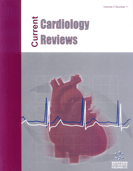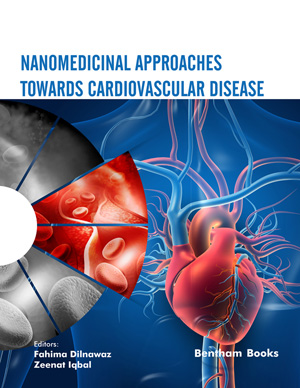Abstract
In cardiology, optical coherence tomography (OCT) is an invasive imaging technique based on the principle of light coherence. This system was developed to obtain three-dimensional high resolution images to examine coronary artery normal and/or pathological structure. This technique replaces the ultrasound used by its main alternative procedure, intravascular ultrasound, by a near-infrared light source. Acute coronary syndromes due to atherosclerotic vascular disease are the leading cause of mortality in developed and developing countries. As a consequence, intravascular imaging systems became an important area of research and 1991 marks the first use of OCT in coronary artery observations. Since its first appearance in invasive cardiology, OCT maintains a strong presence in the research environments for the identification of vulnerable plaques, as it is able to overcome difficulties presented by other techniques such as virtual intravascular ultrasound, near-infrared spectroscopy, and histology. Moreover, OCT is increasingly being used in the clinical practice as a guide during coronary interventions and in the assessment of vascular response after coronary stent implantation. This review focuses on the relevance of OCT in research and clinical applications in the field of invasive cardiology and discusses the future directions of the field.
Keywords: Optical coherence tomography, intravascular imaging, coronary artery lesions.


















